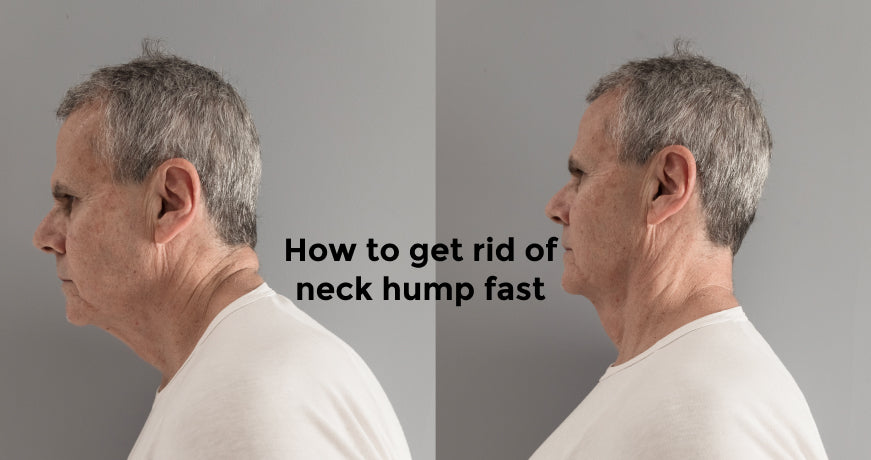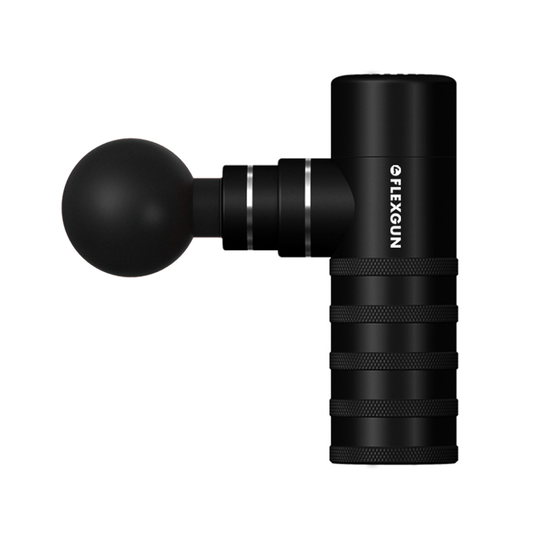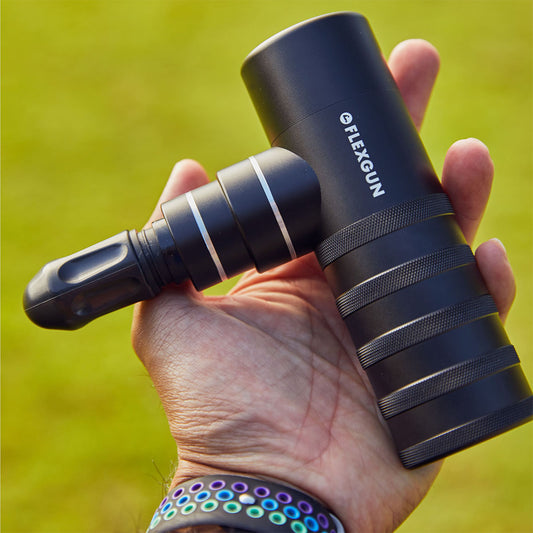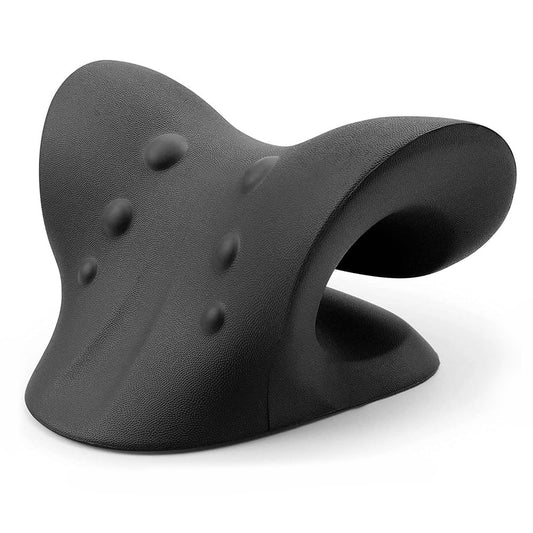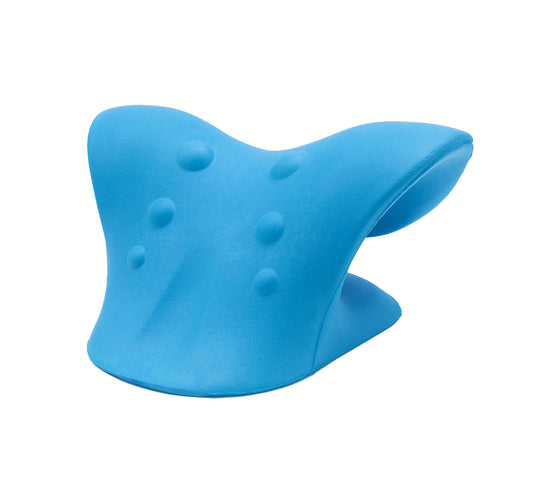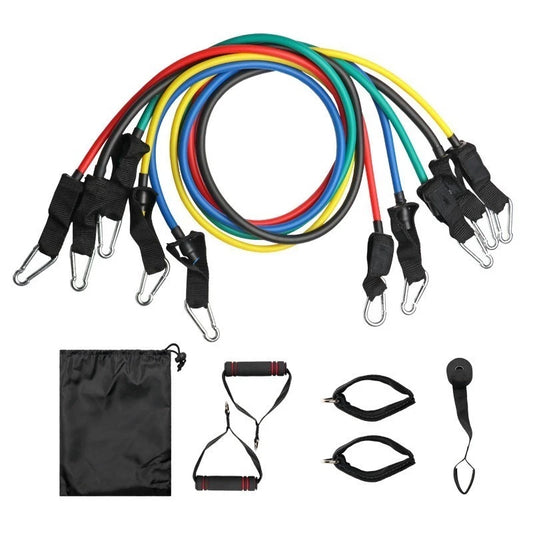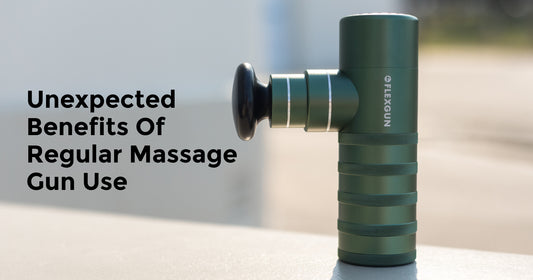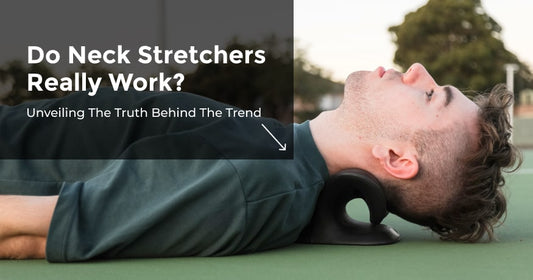Neck hump, also known as dowager's hump or buffalo hump, is a common condition that affects many people. It can be caused by various factors such as poor posture, obesity, and certain medical conditions.
In this guide, we will explore effective ways to get rid of neck hump fast and improve your overall health and well-being.
Understanding Neck Hump and Its Causes
What is Neck Hump?
Neck hump is a protrusion at the base of the neck, where it meets the upper back. This lump is formed due to the accumulation of fat or a change in the curvature of the spine. It can lead to discomfort, pain, and self-consciousness about one's appearance.
Common Causes of Neck Hump
- Poor Posture: One of the primary causes of neck hump is poor posture. Slouching, hunching over screens, and carrying heavy bags can strain the muscles and ligaments in the neck and upper back, leading to the development of a hump.
- Obesity: Excess body weight can put additional pressure on the spine, causing it to curve abnormally and result in a neck hump.
- Osteoporosis: This bone disease can cause a loss of bone density, making the vertebrae more susceptible to fractures and leading to a curved spine.
- Cushing's Syndrome: This hormonal disorder can cause fat to accumulate in the upper back and neck area, resulting in a hump.
- Medications: Certain medications, such as steroids, can cause fat redistribution and lead to the development of a neck hump.
Effective Strategies for Getting Rid of Neck Hump Fast

Improve Your Posture
One of the most effective ways to get rid of neck hump fast is by improving your posture. Here are some tips to help you maintain proper posture throughout the day:
- Sitting: Sit with your back straight, shoulders relaxed, and feet flat on the floor. Use a lumbar roll or cushion to support the natural curve of your lower back.
- Standing: Stand with your feet shoulder-width apart, knees slightly bent, and shoulders pulled back. Keep your head level and chin parallel to the floor.
- Working at a computer: Position your screen at eye level and use an ergonomic keyboard and mouse. Take regular breaks to stand up, stretch, and move around.
- Sleeping: Sleep on a firm mattress with a pillow that supports the natural curve of your neck. Avoid sleeping on your stomach, as this can strain your neck muscles.
Strengthening Exercises
Regular exercise can help strengthen the muscles in your neck and upper back, which can help correct a neck hump. Some exercises to consider include:
1. Neck stretches: These exercises help to increase flexibility and range of motion in the neck muscles, which can become tight and strained due to poor posture. By gently tilting your head from side to side and forward and backward, you can elongate and relax these muscles, reducing tension and promoting proper alignment. How to do it:
How to do it:
Gently tilt your head from side to side and forward and backward to stretch the muscles in your neck.
2. Shoulder rolls: This simple movement helps to release tension in the upper back and shoulder muscles, which play a crucial role in maintaining proper posture. Rolling your shoulders forward and backward in a circular motion encourages blood flow to the area, loosening tight muscles and helping to correct imbalances that may contribute to neck hump.
How to do it:
Sit upright in a chair and shrug your shoulders up to your ears, then roll them back and downwards, squeezing your shoulder blades together.
3. Upper back stretches: Rounding your upper back while clasping your hands together and extending your arms in front of you targets the muscles between your shoulder blades, known as the rhomboids. These muscles are responsible for retracting the shoulder blades and maintaining proper posture. Stretching them can help alleviate tightness and improve overall spinal alignment, reducing the likelihood of developing a neck hump.

How to do it:
Clasp your hands together and extend your arms in front of you, rounding your upper back to stretch the muscles between your shoulder blades.
4. Chest stretches: Tight chest muscles can pull the shoulders forward, contributing to poor posture and the development of a neck hump. By standing in a doorway and placing your forearms against the doorframe while leaning forward, you can effectively stretch the pectoral muscles, promoting better posture and reducing strain on the neck and upper back.
Stand in a doorway and place your forearms against the doorframe, then lean forward to stretch your chest muscles.
In addition to these exercises, consider using a neck stretcher to help alleviate neck hump and improve your posture.
Massage Therapy

Massage therapy can help release tight muscles and improve blood flow to the affected area, promoting healing and reducing inflammation. Consider using a massage gun to target the muscles in your neck and upper back, helping to break down scar tissue and improve mobility.
Incorporating the Flex Neck Stretcher Device into Your Exercise Routine

In addition to the exercises and strategies mentioned earlier, using a specialised device like the Flex Neck Stretcher can significantly aid in getting rid of neck hump fast. This device is designed to provide support and gentle traction to your neck, helping to relieve tension, improve posture, and alleviate neck hump.
How to use it:
-
Find a comfortable position: Lie down on a flat surface, such as a yoga mat or firm bed, with your knees bent and feet flat on the floor.
-
Place the device: Position the Flex Neck Stretcher under your neck, ensuring that it aligns with the natural curve of your cervical spine. The device should be placed between the base of your skull and your upper back.
-
Relax and stretch: Allow your head to rest on the device and relax your neck muscles. The gentle traction provided by the Flex Neck Stretcher will help stretch and decompress your cervical spine, alleviating tension and promoting proper alignment.
Seek Professional Help
If your neck hump persists despite your efforts, it may be necessary to consult a healthcare professional. They can assess your condition and recommend appropriate treatments, such as physical therapy, chiropractic care, or even surgery in severe cases.
Preventing Neck Hump in the Future
To prevent neck hump from recurring, it's essential to maintain good posture, stay active, and address any underlying health issues that may contribute to its development. Here are some tips to help you maintain a healthy neck and spine:
- Practice good posture: Be mindful of your posture throughout the day, whether you're sitting, standing, or lying down. Make adjustments as needed to ensure proper alignment and reduce strain on your neck and upper back.
- Incorporate strength training: Include the exercises mentioned above to target the muscles in your neck, shoulders, and upper back in your fitness routine. This will help improve your posture and prevent the development of a neck hump.
- Stay active: Engage in regular physical activity to maintain a healthy weight and promote overall well-being. Aim for at least 150 minutes of moderate-intensity aerobic exercise or 75 minutes of vigorous-intensity aerobic exercise per week, along with muscle-strengthening activities on two or more days per week.
- Use ergonomic equipment: Invest in ergonomic furniture and accessories, such as an adjustable chair, standing desk, and supportive pillow, to promote proper posture and reduce strain on your neck and upper back.
- Manage stress: High levels of stress can cause muscle tension and contribute to poor posture. Practice stress-reduction techniques, such as deep breathing, meditation, and yoga, to help relax your mind and body.
Additional Tips for Neck Hump Prevention
- Monitor screen time: Excessive use of electronic devices can lead to "tech neck," which can contribute to the development of a neck hump. Limit your screen time and take frequent breaks to stretch and adjust your posture.
- Adjust your workspace: Ensure that your computer monitor is at eye level and your keyboard and mouse are positioned comfortably to minimise strain on your neck and upper back.
-
Use a resistance band: Incorporate resistance band exercises into your workout routine to strengthen the muscles in your neck and upper back, helping to maintain proper posture and prevent neck hump.
How to do it:
- Stand on a resistance band, holding the other end in your affected hand.
- Leading with your thumb, keep your arm straight as you move it diagonally out to the side and all the way up until it is level with your ear.
- Control the movement as you come back down to the start position.
- Remember to keep your shoulder blades controlled and your neck long throughout this exercise.
- Stay hydrated: Drinking water throughout the day can help maintain the health of your spinal discs and keep your muscles and joints lubricated, reducing the risk of developing a neck hump.
The Role of Nutrition in Neck Hump Prevention and Treatment
A balanced diet plays a crucial role in maintaining the health of your spine and preventing the development of a neck hump. Here are some nutrients and foods to include in your diet:
- Calcium: This essential mineral helps build strong bones and prevent osteoporosis, which can contribute to the development of a neck hump. Good sources of calcium include dairy products, leafy green vegetables, and fortified foods.
- Vitamin D: Vitamin D aids in calcium absorption and promotes bone health. You can obtain vitamin D from sunlight exposure, fatty fish, and fortified foods.
- Magnesium: This mineral supports muscle and nerve function, which is important for maintaining proper posture and preventing neck hump. Foods rich in magnesium include nuts, seeds, whole grains, and leafy green vegetables.
- Anti-inflammatory foods: Consuming foods with anti-inflammatory properties, such as berries, fatty fish, and olive oil, can help reduce inflammation and promote healing in the affected area.
The Importance of Mental Health and Self-Acceptance
While it's essential to address the physical aspects of neck hump, it's equally important to consider the impact it may have on your mental health and self-esteem. Feeling self-conscious about your appearance can lead to social isolation, anxiety, and depression. Here are some tips for maintaining a positive mindset and embracing self-acceptance:
- Practice self-compassion: Be kind to yourself and recognise that everyone has imperfections. Focus on your strengths and accomplishments rather than dwelling on your perceived flaws.
- Seek support: Connect with friends, family, or support groups who understand your concerns and can offer encouragement and advice. Sharing your experiences and feelings with others can help alleviate feelings of isolation and provide valuable perspective.
- Challenge negative thoughts: When you catch yourself engaging in negative self-talk, try to reframe those thoughts in a more positive light. For example, instead of thinking, "I hate my neck hump," consider saying, "I'm working on improving my posture and overall health."
- Celebrate progress: Acknowledge and celebrate the progress you make in addressing your neck hump, no matter how small. This will help boost your confidence and motivate you to continue working towards your goals.
When to Seek Medical Attention for Neck Hump
While many cases of neck hump can be addressed through lifestyle changes and at-home treatments, there are instances when seeking medical attention is necessary. Consult a healthcare professional if you experience any of the following:
- Severe pain: If your neck hump is accompanied by severe pain that doesn't improve with at-home treatments, consult a doctor for further evaluation.
- Numbness or tingling: If you experience numbness, tingling, or weakness in your arms or hands, this could indicate nerve compression and requires medical attention.
- Progressive symptoms: If your neck hump worsens over time or causes additional symptoms, such as difficulty breathing or swallowing, seek medical advice.
- Unresponsive to treatment: If your neck hump does not improve after implementing the strategies outlined in this guide, consult a healthcare professional for a thorough evaluation and personalised treatment plan.
In summary
In conclusion, getting rid of neck hump fast involves a combination of improving posture, exercising regularly, utilising massage therapy, and seeking professional help when necessary. By addressing both the physical and mental aspects of neck hump, you can effectively reduce its impact on your life and enhance your overall well-being. Remember to consult a healthcare professional if your condition persists or worsens, as they can provide personalised advice and treatment options tailored to your needs.

